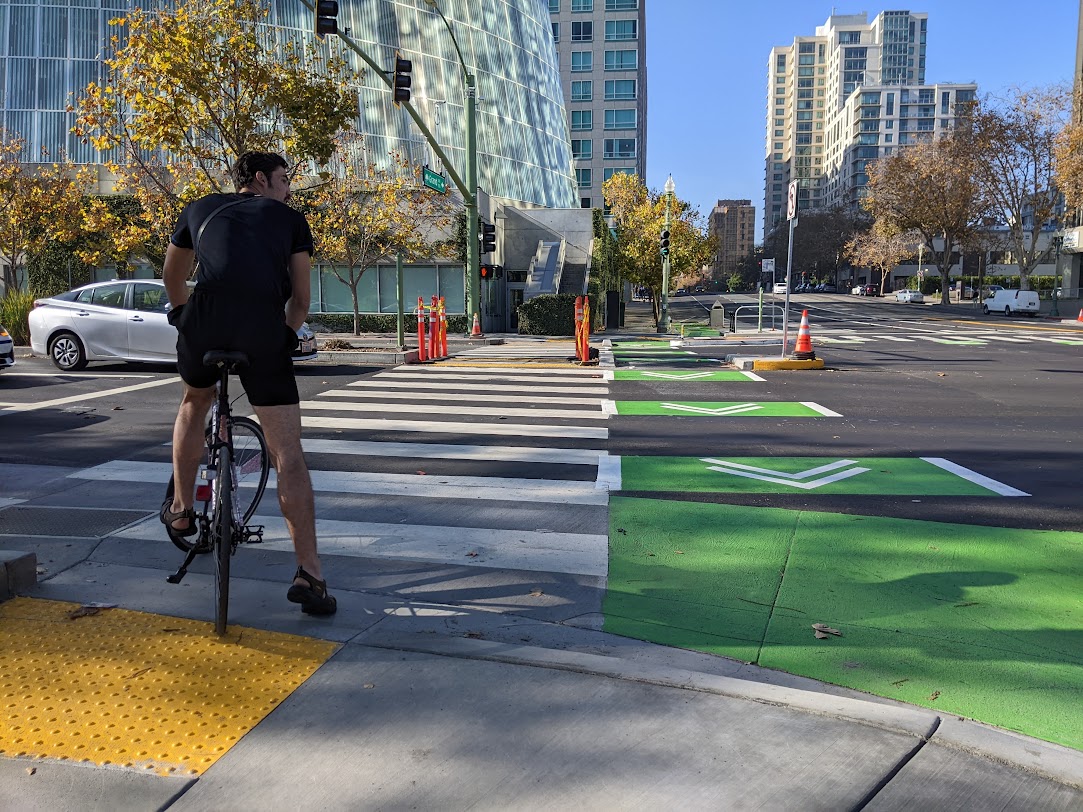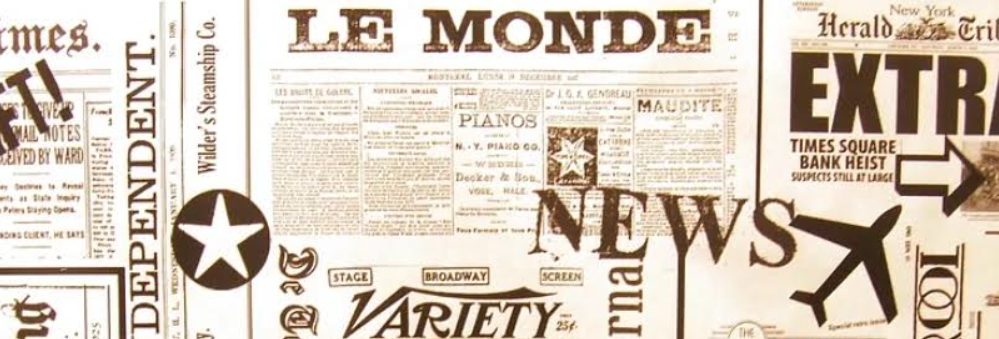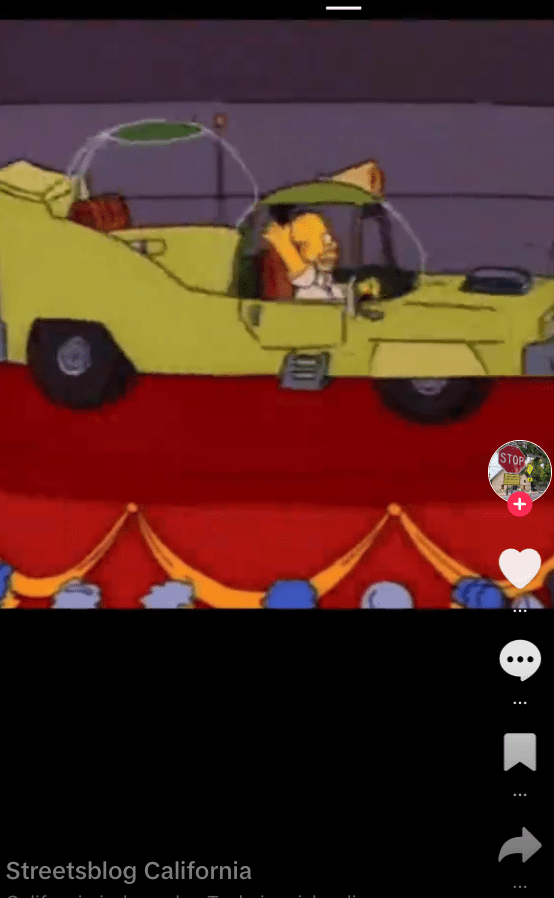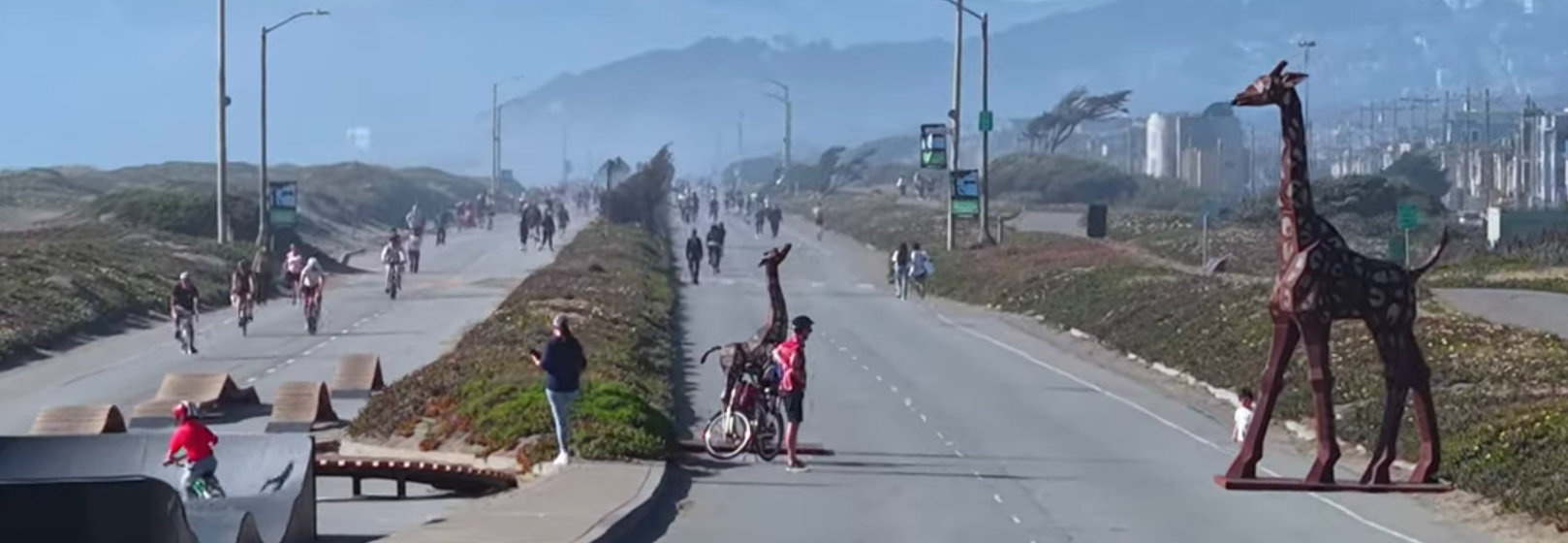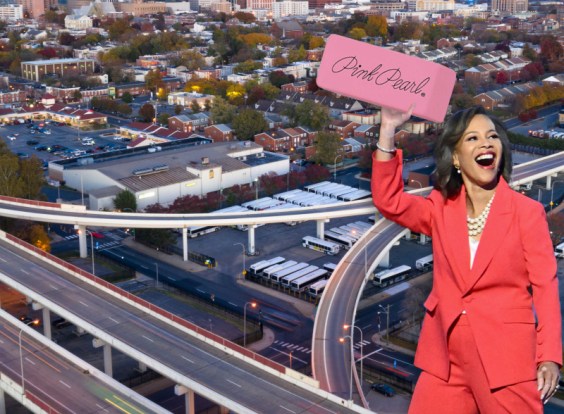The Van Ness BRT project has been both very controversial and very successful, as the first real bus rapid transit in San Francisco. During the six years of construction, businesses and reporters were consistently reporting on frustration and suffering. But after the line opened, reception was overwhelmingly positive. The new pedestrian islands, trees, art installations, and fresh paint was a symbol of reinvestment in the city.
Muni's 49 bus, which uses Van Ness, also became a lot more useful. Data showed that it was 36 percent faster than before and there were 54 percent fewer crashes. The 49 is one of the main leaders in ridership recovery among SFMTA routes and even broke its own prepandemic ridership numbers.
In fact, it’s so popular that it is becoming incredibly crowded during rush hour. I’ve had so many unexpectedly stressful (but convenient!) trips on the 49 to visit Bob’s Donuts, go climbing at Benchmark with my friends, see the fireworks with visiting guests, and even pick out my wedding ring with my wife.
I love the 49 and as a resident of the Mission, those red carpet lanes are magical. But the experience of being a rider during those crowds is not sustainable. People are anxious, they are squeezed into the areas between the seats, the doors close and open several times each stop as the buses get more crowded, and the bus driver is on edge, often yelling at folks trying to get on when it’s no longer possible to fit another person.
I decided to see if this was a known problem. SFMTA collects crowding statistics on all of it’s public transit. But when I investigated the numbers for 49 Van Ness, the data didn’t indicate nearly the magnitude I expected.
This data shows that the 49 route doesn’t often hit the “crowding” threshold, hovering around 1-3 percent of trips per month being overly crowded. The way they measure this is by calculating the “percentage of trips where vehicles are above capacity for 10 percent or more of the stops”.
This doesn’t tell us anything about whether all buses are crowded in certain areas, specifically around the Van Ness and Market intersection. It averages across all stops, which means data is skewed by the many stops that get very little ridership, but are needed for useful coverage.
This data also uses an automated counter, which means data is based on the number of estimated entries and exits at bus stops. This is usually a good proxy, but something that can be missed is when factors like strollers, carts, and other cargo affect crowding, even if the raw number of folks entering and exiting is low.
49 as a chokepoint
The 49 is a crucial north-south bus route. It goes through and near some of the densest parts of San Francisco, and is the highest frequency of any of the other north-south routes (compared to the T, 24, or 19). It is also a long north-south spine, since other frequent north-south routes turn into east-west routes at some point (e.g. the 22, 44, 33). Note that San Francisco seems to prioritize having lots of east-west routes over north-south routes.
Pedestrian Observations, Alon Levy’s transit blog, talks about the problem of frequent-to-infrequent transfers. Another way to describe this problem is the geometry problem of moving people from a large high-capacity vehicle (a commuter train or metro) to a low capacity vehicle (an airtrain, a bus).
When the higher capacity vehicle arrives, a large number of people exits and attempts to transfer to the lower capacity vehicle, which tends to overwhelm it and leave people waiting.
This asymmetry is present in the 49 bus/Van Ness Muni subway station transfer. There’s one (not including Golden Gate Transit) bus that goes from Van Ness and Market to North Point, but there are several Muni metro trains (J, K, L, M, N) that pass through Van Ness metro station going east and west. It's an extreme example of the scenario Alon Levy presents, because it’s a transfer between a less frequent, lower capacity bus and a high frequency, high capacity metro system.
The 49 also stops being a BRT immediately south of Market St, as the route converges with the 14 Mission route. It also follows the local 14 route instead of the Rapid, express route. This means the number of stops increases significantly, and so does the opportunity for delays to cascade and slow the line at the BRT end.
Solutions
Improving the data
For the smaller problem of whether the data reflects people’s experiences, considering hotspots and chokepoints is better accomplished by looking at the percentage of crowded buses passing a given stop. With this data, we can construct a heatmap of crowding, similar to Google Maps’ color coded traffic heatmaps. SFMTA can also use this data to identify crowding and adjust service to reduce crowding and improve passenger experiences.
Reducing crowding on the 49: The Short term
In the short term, I urge SFMTA to consider reducing 49 crowding by looking into increasing service on the route. According to SFMTA, running more buses on Van Ness could expand ridership capacity by as much as 500 percent. The main limitation stated is “budget concerns," which SFMTA is especially facing now due to the funding crisis.
Fixing funding is important, but as Supervisor Danny Sauter (D3) articulated, selling "a vision that we can expand transit” is something people want too. Once the funding crisis is gone, we will still have a crowded 49 BRT route.
There are multiple ways to increase service as well that may fit within budget concerns. SFMTA could consider running the 49 bus on the 14R route instead and skip the 14 local stops. The time saved skipping stops can provide more frequency on the route.
Alternatively, SFMTA could also consider (re)introducing other bus service onto the 49 BRT route. Before the BRT existed, the 47 route overlapped with the 49 from Market to North Point. SFMTA should consider reintroducing this route and returning the connection between SoMa and Van Ness.
Similarly, adding service on the 9 bus, which was recently truncated at 11th and Market and extending it north to mirror the now-defunct H Potrero streetcar route could also provide additional service.
Reducing crowding on the 49: The Long term
Ultimately, the 49 should be light rail. Given the projected increase in people moving onto Van Ness, crowding will continue. A light rail train can carry three-to-four times as many people as a bus, while moving at a similar speed through the city. If San Francisco wants to truly be a transit first city, investing in the long term is absolutely necessary. We should start thinking and planning now, while we have the time and space, instead of when it’s too late and too expensive.
***
Pranav Harath is an advocate with SF YIMBY, the San Francisco Transit Riders, and Streets Forward.

